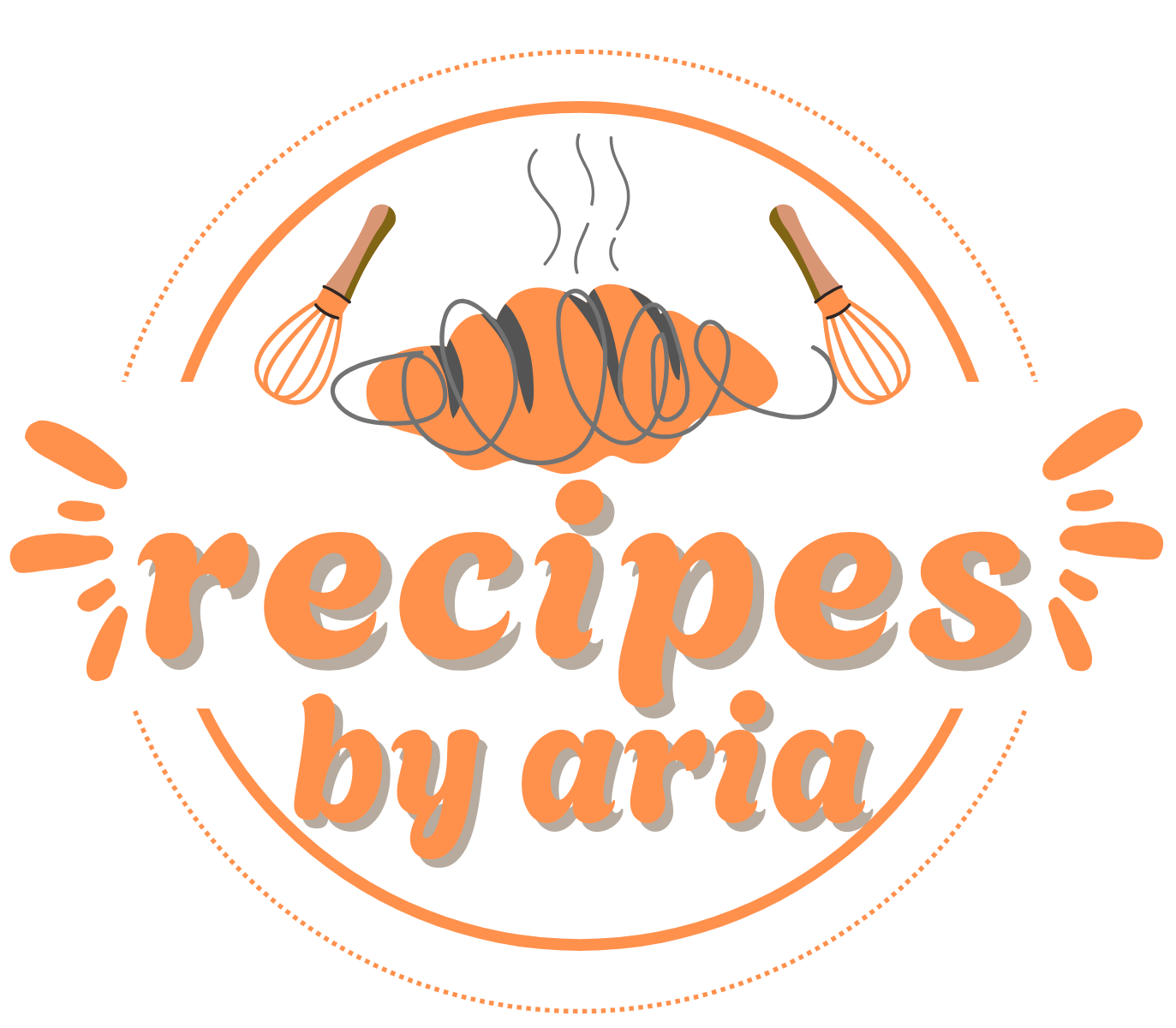The Chicken Schnitzel is a timeless favorite for good reason. With its irresistibly crisp breadcrumb coating, juicy interior, and zesty lemon wedge finish, it’s a comfort food that satisfies every craving. Whether you’re making a casual weeknight dinner or planning a weekend meal with friends, this schnitzel brings flavor and fun to the table.
What makes it even better? It’s incredibly easy to prepare with simple pantry staples. Serve it with your favorite sides like a fresh arugula salad, creamy mashed potatoes, or roasted veggies for a complete meal. It’s also great as leftovers tucked into sandwiches or wraps. This golden classic will become a staple in your dinner rotation.
Full Recipe:
Ingredients:
-
4 boneless, skinless chicken breasts
-
1 cup all purpose flour
-
2 teaspoons garlic powder
-
Salt and black pepper, to taste
-
2 large eggs
-
2 tablespoons milk
-
1½ cups breadcrumbs (preferably panko)
-
½ cup grated Parmesan cheese
-
Vegetable oil, for frying
-
Lemon wedges, for serving
-
Fresh parsley, chopped (optional garnish)
Directions:
-
Place chicken breasts between two sheets of plastic wrap and pound to ¼-inch thickness using a meat mallet.
-
Set up a breading station with three shallow bowls:
-
Bowl 1: Mix flour, garlic powder, salt, and pepper.
-
Bowl 2: Whisk eggs and milk together.
-
Bowl 3: Combine breadcrumbs and Parmesan cheese.
-
-
Dredge each chicken piece in the flour mixture, then dip into the egg wash, and finally coat in the breadcrumb mixture, pressing gently to adhere.
-
Heat about ¼ inch of oil in a large skillet over medium-high heat.
-
Fry chicken schnitzels for 3-4 minutes per side, or until golden brown and cooked through.
-
Transfer to a paper towel lined plate to drain excess oil.
-
Serve hot with lemon wedges and a sprinkle of fresh parsley if desired.
Prep Time: 15 minutes | Cooking Time: 15 minutes | Total Time: 30 minutes
Kcal: 420 kcal | Servings: 4 servings
The Irresistible Charm of Chicken Schnitzel: A Crispy, Golden Classic
Few dishes spark joy and nostalgia like a perfectly fried Chicken Schnitzel. Crispy on the outside, juicy on the inside, and accompanied by a fresh squeeze of lemon, this humble yet elegant dish has found its way onto dinner tables around the world. Though it originates from Central Europe, Chicken Schnitzel has become a global favorite, praised for its versatility, ease of preparation, and ability to please even the pickiest eaters.
In this article, we dive into the delicious world of Chicken Schnitzel exploring its origins, culinary appeal, best pairings, preparation tips, and why it continues to reign as a go to comfort food in kitchens everywhere.
A Brief History of Schnitzel
The term schnitzel comes from the German word Schnitz, meaning “slice.” Traditionally, schnitzel is made with thin cuts of meat that are breaded and fried until golden and crispy. While veal schnitzel (Wiener Schnitzel) is protected by law in Austria and must be made with veal to carry that name, the chicken version while technically an adaptation has become just as beloved.
Chicken Schnitzel likely gained popularity due to its accessibility and health conscious appeal. Chicken is widely available, budget friendly, and often considered a leaner alternative to red meat. This has allowed the dish to evolve and take root in various cuisines, from German and Austrian households to Israeli street food stalls and even American weeknight dinners.
What Makes Chicken Schnitzel So Good?
At first glance, Chicken Schnitzel might seem like a simple dish. But its magic lies in the perfect combination of textures and flavors. When prepared correctly, the breadcrumb coating becomes wonderfully crispy and golden, locking in the juices of the tender chicken breast. The crunch of the coating contrasts beautifully with the moist interior, and the addition of a lemon wedge brings a bright acidity that cuts through the richness of the fried crust.
Beyond the sensory experience, schnitzel’s wide appeal comes from its adaptability. It can be served with virtually any side dish potato salads, roasted vegetables, creamy mashed potatoes, or fresh garden salads. Its mild flavor profile also makes it the perfect canvas for experimentation, allowing home cooks to add herbs, spices, cheeses, or even sauces to make the dish their own.
Cultural Variations Around the Globe
One of the most interesting aspects of schnitzel is how it has been embraced and transformed across cultures. In Israel, Chicken Schnitzel is a staple street food often enjoyed in pita bread with hummus, tahini, and fresh salad. In Japan, a similar concept exists with chicken katsu, where chicken cutlets are breaded in panko and served with a tangy tonkatsu sauce.
Even in the United States, schnitzel has been lovingly adopted into diner menus and home kitchens, where it’s often served with mashed potatoes or mac and cheese for a hearty meal.
Every culture adds its own flair whether it’s the type of breadcrumbs used, the spices added to the flour mixture, or the sides that accompany the dish. This global love affair with schnitzel only proves its enduring charm and universal deliciousness.
Expert Tips for the Best Chicken Schnitzel
While Chicken Schnitzel is straightforward to make, mastering a few small techniques can elevate it from good to unforgettable.
1. Pound the Chicken Evenly: The key to even cooking is evenly thin chicken breasts. Use a meat mallet or rolling pin to pound the chicken to about ¼ inch thick. This not only helps the meat cook uniformly but also makes it more tender.
2. Season Every Layer: Flavor should be built into each step of the dredging process. Season the flour with garlic powder, salt, and pepper. Consider adding Parmesan cheese to the breadcrumb mix for an extra hit of umami and depth.
3. Use Panko Breadcrumbs: Traditional breadcrumbs work well, but panko breadcrumbs take the crunch to another level. Their coarse texture creates that signature crispy exterior schnitzel lovers crave.
4. Don’t Skimp on the Oil: To get that golden crust, you need enough oil in the pan to allow the schnitzel to fry evenly. Shallow frying works best, and it’s crucial to maintain medium high heat so the breadcrumbs crisp up without burning.
5. Drain and Rest Before Serving: Once fried, let the schnitzels rest on a wire rack or paper towel-lined plate. This helps drain excess oil and keeps the coating crispy instead of soggy.
What to Serve With Chicken Schnitzel
This dish’s neutral yet savory flavor profile makes it endlessly pairable. For a traditional Central European experience, serve it with potato salad or spaetzle (a type of soft egg noodle). A creamy mushroom gravy or a drizzle of lemon butter sauce can elevate it to dinner party status.
For a lighter twist, pair schnitzel with a fresh arugula or cucumber salad tossed in a lemon vinaigrette. You can also add a dollop of sour cream or tzatziki for a cooling contrast.
If you’re meal prepping or serving to kids, schnitzel also works beautifully with oven fries, coleslaw, or even tucked into a sandwich with pickles and mayo.
Healthier Adaptations
While traditional Chicken Schnitzel is pan-fried for that classic crunch, it can also be made healthier by baking or air-frying. Simply coat the chicken as usual and then cook it in the oven at 400°F (200°C) for about 20 minutes, flipping halfway through. An air fryer works even faster, delivering crispy results with minimal oil in around 10-12 minutes.
Gluten free variations are also easy just substitute regular flour and breadcrumbs with gluten free alternatives. Almond flour or crushed cornflakes can provide excellent crunch and flavor, especially when seasoned well.
Why Chicken Schnitzel Deserves a Spot in Your Recipe Repertoire
There’s a reason this dish has stood the test of time and traveled across continents Chicken Schnitzel is as comforting as it is adaptable. It’s perfect for feeding a family on a weeknight, impressing guests on the weekend, or satisfying a craving for something crispy, golden, and homey.
Even better, it requires no fancy ingredients or tools just a few pantry staples, a frying pan, and a little bit of love. In just about 30 minutes, you can go from raw ingredients to a dish that looks and tastes like it came from a European bistro.
Conclusion:
Chicken Schnitzel is far more than just breaded chicken it’s a symbol of culinary tradition, comfort, and versatility. With roots in Austria and branches reaching across the globe, it represents how food connects cultures and generations. Whether served with a fresh salad, warm potato sides, or nestled into a crusty sandwich, schnitzel offers satisfaction in every crunchy bite.
If you haven’t already made it a part of your regular recipe rotation, now is the perfect time. Once you master the basics, you’ll be able to tweak and transform it into countless new variations. But one thing’s for sure once that first forkful crunches, you’ll understand why this dish continues to hold a special place in so many hearts (and kitchens) around the world.






